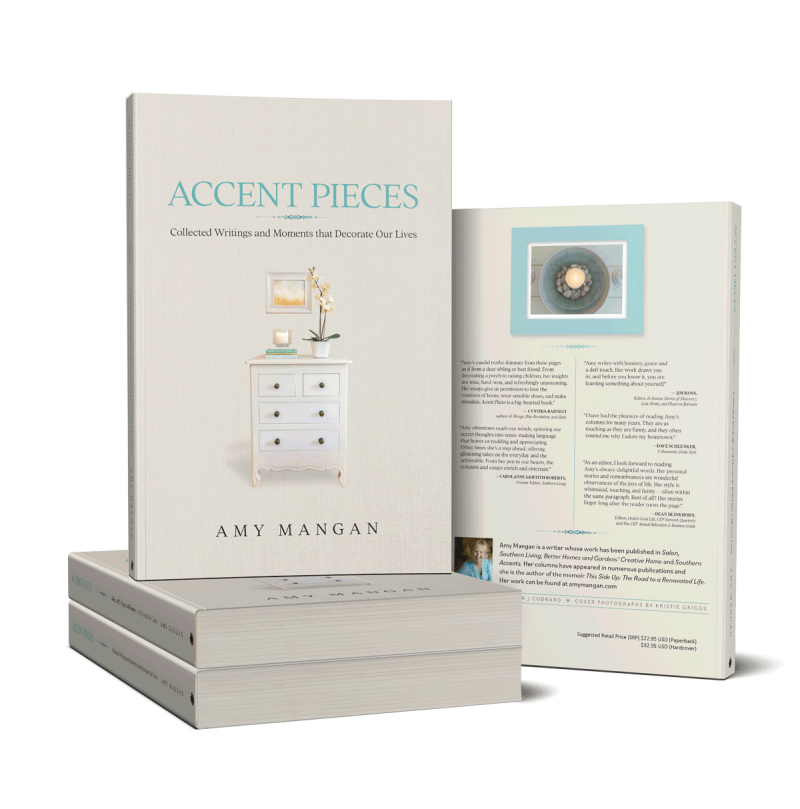Growing up in a Southern family, I came to appreciate the diversity of a casserole. We had one for every occasion—egg casserole for breakfast, hot chicken salad casserole for lunch, and hamburger casserole for dinner (green bean casserole was on alternative Saturday nights.) This was an equal access recipe—we welcomed all ingredients into the mix. Naturally, my cooking expertise was founded upon this inventive concept of meal-in-a-dish.
For a long time, the running joke among my family and friends was that I could make a mean squash casserole and, upon closer inspection, you could detect the yellow vegetable buried deeply beneath a pile of saltine crackers, sour cream, and melted cheddar cheese. (Paprika is optional if you want to get all fancy like you were from Georgia or something.)
As a newly engaged bride-to-be, some of my colleagues at work presented me with a bridal cake made of squash casserole, complete with a plastic bride and groom on top. My future husband looked worried.
As the years progressed, so did the Mangans’ waistlines. Something had to give. The word “cholesterol” was uttered by my Northern-bred doctor who actually said he had never tasted a squash casserole. And to think I took serious medical counsel from this man. Get thee to a diner and quickly! Throw in some peanut butter pie while we’re at it! Still, he wasn’t budging. My hips were, however.
After surveying my kitchen pantry, I could see some gaps in the nutritional scheme of things. Maybe three cans of shortening were a bit excessive. And I could probably find a way to exclude fried onion crunchies from most meals. Some would even go as far as to say cream of mushroom soup could be considered optional when creating a dish. I didn’t want to appear to be rash, however.
So, I focused on culling through my cookbooks. Many had to go, but it seemed wrong to discard the church’s recipe collection by its members. Now, there was a group of individuals who understood the virtue of starch. A church picnic was simply incomplete without a Tater Tot casserole. Still, I knew I needed to broaden my Epicurean horizons, though not necessarily through my thighs.
Seeing the quandary I was in, my friend Mary introduced me to the works of Ina Garten, the popular American chef known as the Barefoot Contessa. At first, I was hesitant to try Garten’s French-inspired recipes. Just the thought of French cooking made me nervous. I didn’t know a croissant from a cracker. Easing gently into the world of truffles and Julia Child, I watched Ina’s show on the Food Network. She made it look so easy. And she looked like she was having fun. And she served wine. This can’t be all bad. Plus, the food looked delicious.
Next thing I knew, I was making a salad out of tomato, mozzarella, basil, and olive oil. Goodbye, Thousand Island dressing, hello, fresh herbs! No saltine crackers for me! I served brioche! Viva La France!
Then it dawned on me—the real joy isn’t in the food itself. Happiness—at least for this converted Southern cook—is derived more from the idea of preparing the food for someone and with someone. Ina taught me that, but so, too, did my mother, grandmother, and sisters frying up a good chicken while mulling over each other’s lives. That’s better than any formal recipe I know.
Yet, I have to admit, I’ve grown in terms of culinary expertise. I puree my squash now, honey.
Bon appetite, ya’ll.




